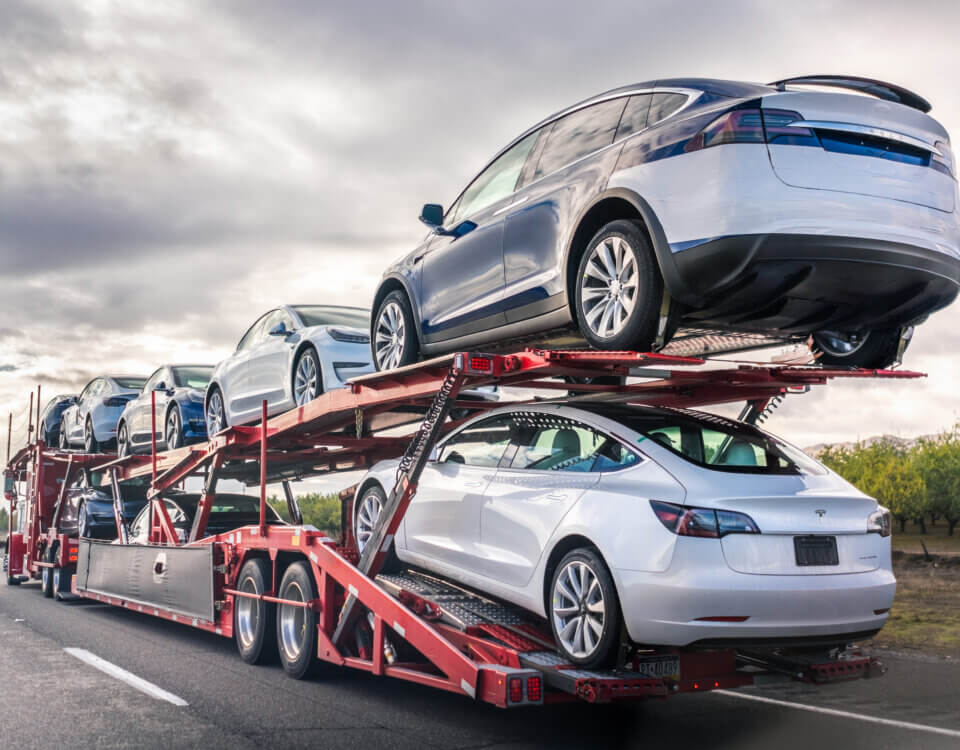The rise of e-commerce has put more delivery vans on California’s residential roads than ever before. While these vehicles provide convenience, their large blind spots create significant risks for pedestrians, cyclists, and other drivers.
Understanding Blind Spots on Delivery Vans
- Front Blind Zone: Tall hoods can prevent drivers from seeing children or small objects directly ahead.
- Side Blind Spots: Larger vans have wide areas on both sides where smaller cars or bikes may disappear.
- Rear Blind Zone: Without rear windows or cameras, reversing can be especially hazardous.
Why Blind Spots Are a Serious Hazard
- Frequent Stops and Turns: Delivery drivers constantly pull over, back up, or turn onto side streets.
- Tight Residential Roads: Limited space amplifies the danger of unseen obstacles.
- Rushed Driving: Tight deadlines may cause drivers to skip double-checking mirrors or cameras.
Tips for Pedestrians and Cyclists
- Stay Visible: Avoid walking or riding directly alongside or behind a van.
- Make Eye Contact: Confirm the driver sees you before crossing in front of a stopped van.
- Use Caution Near Driveways: Delivery vans may back out without full visibility.
Tips for Drivers Sharing the Road
- Avoid Lingering in Blind Spots: Pass safely and avoid prolonged driving alongside delivery vans.
- Give Space During Turns: Vans often need wide turns that can encroach on adjacent lanes.
- Be Patient: Don’t pressure a delivery driver who is maneuvering in a tight space.
Safety Steps for Delivery Companies
- Install Backup Cameras and Sensors: Technology can help drivers detect unseen obstacles.
- Provide Blind Spot Training: Regular education ensures drivers remain vigilant.
- Promote Defensive Driving: Encourage safe speeds and extra caution in residential areas.
Safer Streets Through Awareness
Blind spots are an unavoidable part of larger vehicles, but education and caution can prevent accidents. By staying alert and using safe practices, both drivers and delivery personnel can protect themselves and their communities.
Note: These blog posts are created solely for the use of Hillstone Law. The information is gathered from internet research, publicly available sources, and artificial intelligence (AI) tools such as ChatGPT. While we aim to share helpful and educational content, Hillstone Law does not independently verify every detail. Some information may be incomplete, outdated, or subject to change without notice. If you believe any part of a post is inaccurate, misleading, or infringes upon copyright, please contact Hillstone Law immediately so we can review it and take appropriate action, including correction or removal.
Disclaimer: The material provided in these blogs is for general informational purposes only and should not be considered legal advice. Reading these posts does not create, and is not intended to create, an attorney-client relationship with Hillstone Law. Our intent is to share knowledge, raise awareness, and provide helpful resources to the public; however, Hillstone Law makes no warranties or guarantees about the accuracy, completeness, or reliability of the information provided, and expressly disclaims liability for any actions taken in reliance on it. The photos used in these posts are for illustrative purposes only and do not depict actual clients, individuals, or incidents unless expressly stated. If you or a loved one has been injured in an accident, please contact Hillstone Law at (855) 691-1691. Our attorneys are available to answer your legal questions and help you understand your rights.







